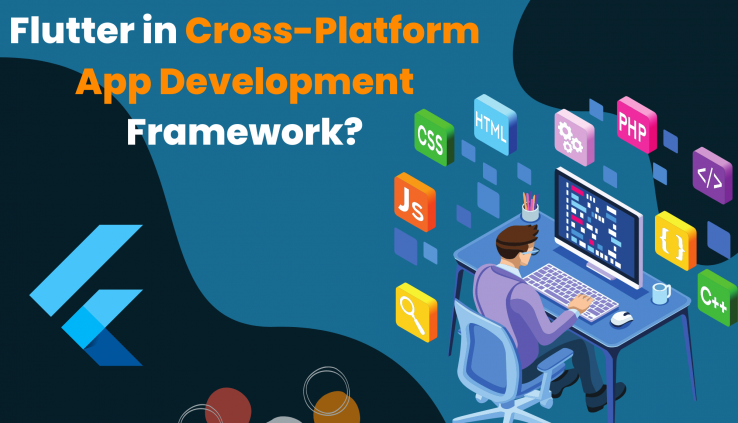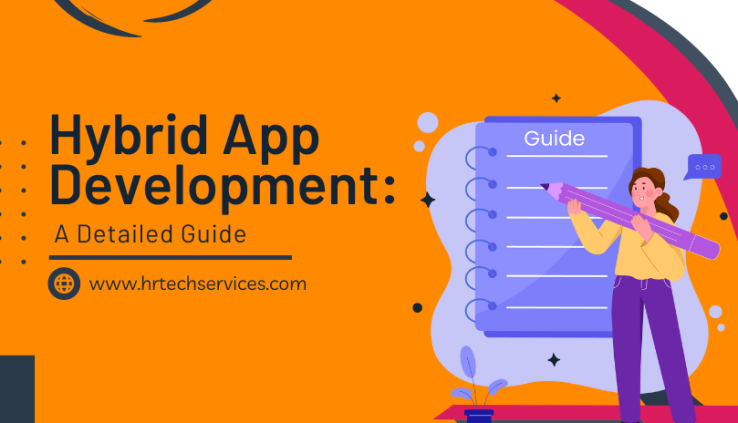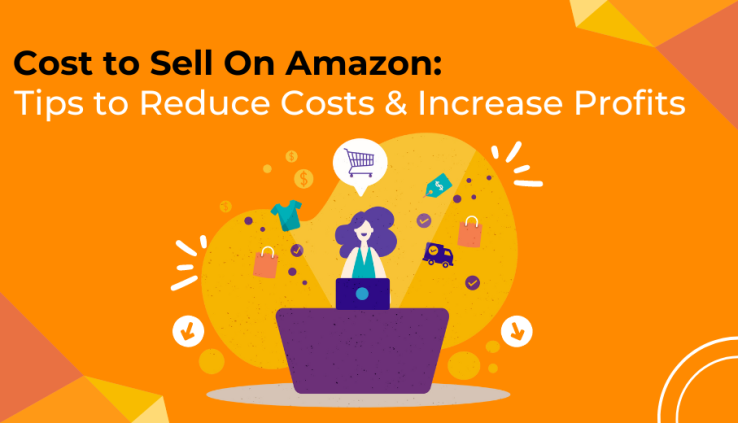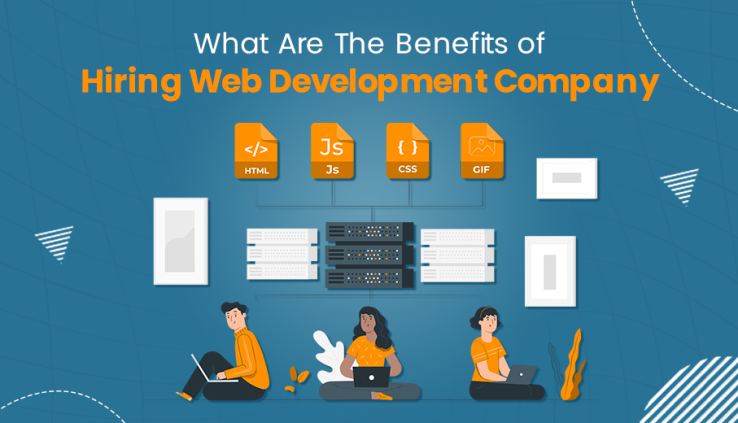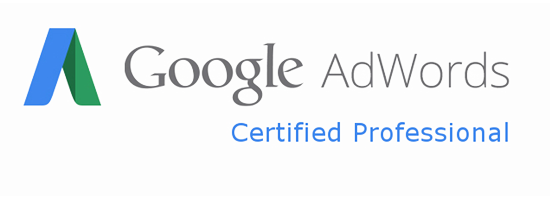Flutter is the Future of Cross-Platform App Development Framework.
The Google Flutter SDK is a free and open-source tool for creating cross-platform mobile applications.
Android and iOS are the two most popular platforms for creating mobile applications. There’s a requirement for different kinds of code to develop applications on each platform. Cross-platform development is used since separate coding has become an issue for many Mobile app development organizations. The days when developers had to work twice as hard to produce an app for app development platforms are long gone. Thanks to cross-platform frameworks, it is now possible to create an app using only one time of writing.
Since developers adore cross-platform development’s capabilities and tools, it has gained popularity. The most satisfactory cross-platform app development involves making mobile applications that can be used across many platforms. Programming is just done once in this form of development so that Android, iOS, or Windows can support the app.
A few well-known cross-platform development tools are:
- React Native by Facebook
- PhoneGap by Adobe
- Xamarin by Microsoft
Each of these offers unique characteristics as well as its pros and cons.
Developers constantly search for new and better ways to speed up and streamline app development. The same ongoing digital revolution resulted in the development of Flutter.
Cross-Platform App Development in 2022
Cross-platform development has established a reputation as one of the most preferred app developments in the market. And it shouldn’t be shocking. By using a single codebase to construct apps for many platforms, developers can save time, money, and needless effort when using the cross-platform method.
Native apps are created exclusively for one platform, iOS or Android, and not for both. To create a native app for Android and iOS, you must create 2 apps, which must support 2 codebases, and 2 teams must work together.
Hybrid apps might be an untidy fusion of web and mobile aspects. They typically run slowly and have few features since they combine conventional web technologies like HTML, CSS, and JavaScript with an embedded web browser control. Conversely, cross-platform programs can be created once and used on both systems. Hybrid apps could consequently give users a bad experience.
We may create a single application compatible with both platforms by using cross-platform development services.
In general, you’ll receive the following with cross-platform as opposed to native:
- Assistance for distinct operating systems
- Performance closely similar to native apps
- Economical development
- Greater market exposure with less effort
- One of the quickest in the market
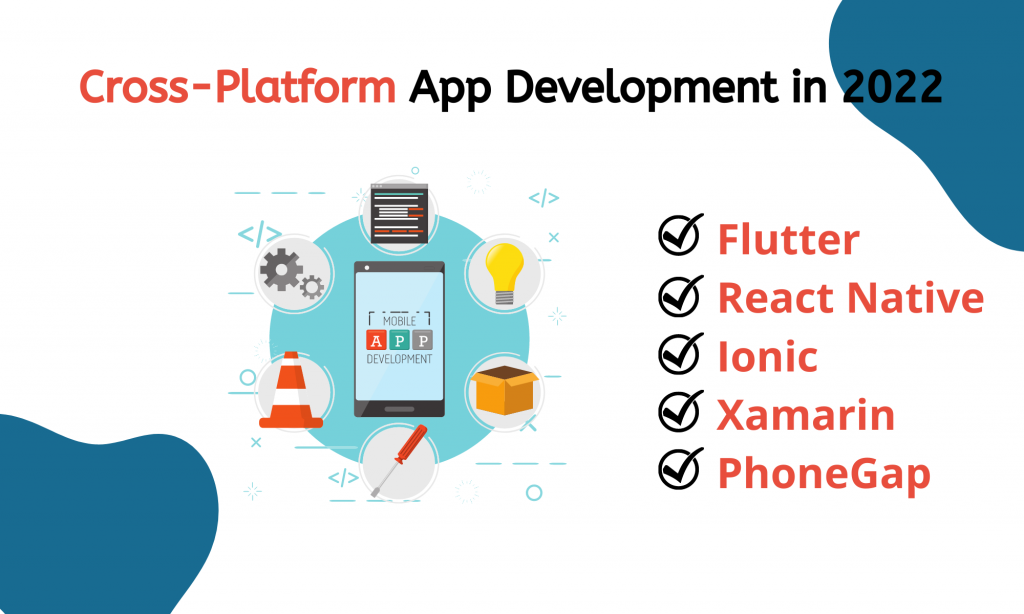
Let’s examine some of the cross-platform app development frameworks that will be most in demand in 2022.
- Flutter
- React Native
- Ionic
- Xamarin
- PhoneGap
Developing an App with Flutter
Given its established history, Flutter offers a first-rate user experience. The exponential cross-platform success of Flutter framework pushed developers to choose it while creating apps. There are now countless cross-platform flutter apps available, all of which have been well developed. From the perspective of an app owner, Flutter makes app development quick and affordable. Additional benefits of adopting Flutter for app development are as below:
- Hot Reload – The process becomes easy and less time-consuming because any changes implemented to the application are immediately visible to the developers. Using hot reload, developers may quickly fix anything in the app that doesn’t appear or fit perfectly. Additionally, it makes it easier for designers and engineers to work together. However, it can take a while for the updates to reload.
- Ideal for MVP – Flutter is ideal if you want to build it quickly and show it to prospective investors. It requires less time and produces an application that seems native on iOS and Android. This will prevent you from wasting time creating apps for two distinct platforms while allowing your investors to see what your MVP looks like.
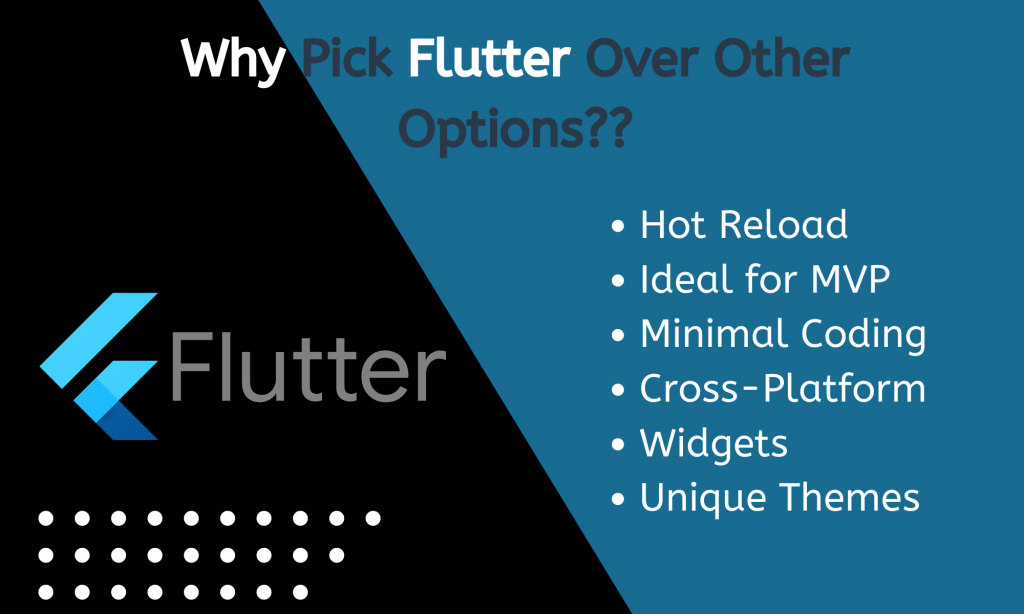
- Minimal Coding – Flutter uses the object-oriented programming language Dart. Because it supports hot reloading, it is unnecessary to code a new program whenever changes are made. Flutter is reactive and expressive since it is pretty similar to react native.
- Cross-Platform Development – Flutter is a cross-platform development tool. For this, coding needs to be done once, after which another platform can use it. Additionally, only Flutter can access Google’s Fuchsia platform’s development. Developers are experimenting with the Fuchsia developer portal now that it is operational. The objective behind Flutter is for Google to eventually replace Android, based on how well received it has been thus far.
- Widgets – Flutter is vital for app development since it has a lot of speedy, customizable, and natural-looking widgets. An app needs widgets because they add interest to the experience. Numerous distinctive widgets that work well and maybe be tweaked are available in Flutter. All platforms and designs use the same widgets.
- Distinct Themes – The themes of the same app generally differ for iOS and Android. The theme color and design are not the only things that are different. Flutter enables you to apply distinct themes while coding for both platforms.
Cost of Building a Flutter Mobile Application
The amount of time it takes to create an app determines its cost. Building an app with Flutter takes 50% less time than building apps separately for Android and iOS. It takes about 250 hours to build an iOS and Android compatible app with Flutter. On the other hand, it takes 400 hours and 250 hours, respectively, to design the same software for iOS and Android.
Flutter is a great option to save money and build an app faster. The cost of developing a flutter mobile app is calculated by multiplying the hours required to build the app by the app developer’s hourly rate. The number of hours needed to develop a Flutter framework is modest, so that it will save lots of your money. However, a Flutter app development business offers a range of prices for its Flutter app development services. Usually, it falls between $15,000 and $40,000.
What Lies in Store for Flutter in the Future?
When creating separate apps for iOS and Android, quality and productivity are frequently compromised. However, Google decided to resolve this problem and unveiled Flutter as a cross-platform development tool. Flutter has much potential in the market, and if it can close the quality-productivity gap, it will undoubtedly dominate the app development space.
This was our interpretation of the popular Flutter for cross-platform development as a global provider of Flutter app development services. Connect with us instantly if you want to learn more about how we contributed to Flutter framework’s cross-platform development or if you want to learn more about our flutter cross-platform app development services.

